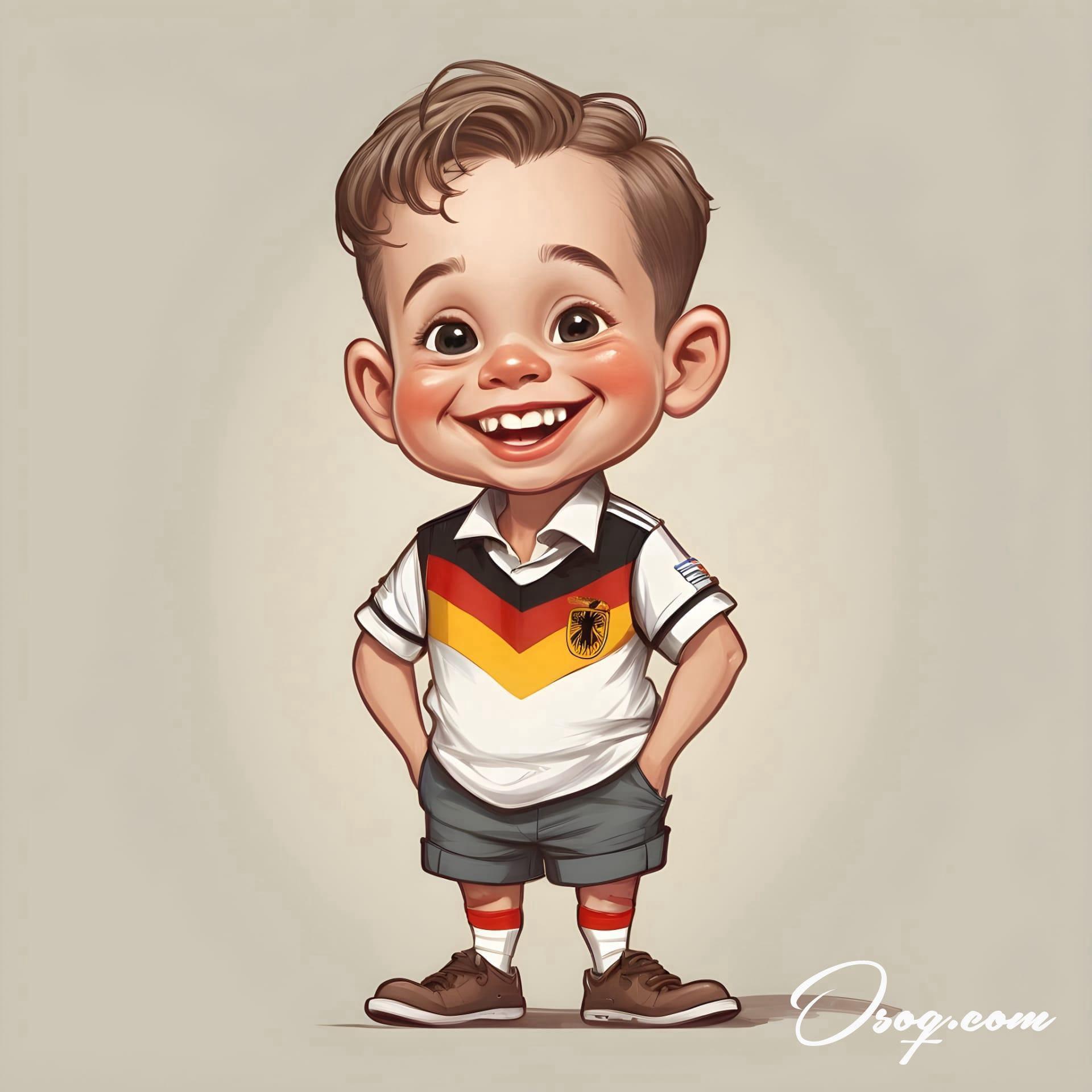Germany Caricature
- caricature /
- Germany Caricature

Germany Caricature has a long history that stretches back to the 19th century, serving as a medium for both humor and social commentary. This art form quickly became popular for its ability to convey complex ideas through simple, exaggerated drawings.

One interesting aspect of German caricature is its evolution over time. Initially focused on political and social issues within Germany, the scope has broadened to include global themes, reflecting the interconnectedness of our world.

The technique of exaggeration is a key element in caricature, and German artists are known for taking this to the next level. By exaggerating features or situations, they highlight the essence of their subjects in a humorous yet thought-provoking way.

Germany has produced many famous caricaturists, like Thomas Nast, who is often credited with the creation of the modern American Santa Claus image. Though born in Germany, Nast's work had a profound impact on caricature art worldwide.

Satirical magazines played a significant role in popularizing caricatures in Germany. Magazines like "Simplicissimus," which started in the late 19th century, were critical in developing the art form and pushing the boundaries of free speech.

During various historical periods, caricatures were used as propaganda tools. In times of conflict, caricatures depicted enemy leaders and nations with exaggerated, often negative traits, to influence public opinion.

The use of animals to represent political figures or countries is a common motif in Germany Caricature. This approach adds a layer of abstraction and humor, making the commentary more accessible to a broader audience.

Color plays an essential role in conveying mood and tone. German caricaturists skillfully use color to enhance the emotional impact of their work, often employing stark contrasts for dramatic effect.

The digital age has transformed the way caricatures are created and shared. German artists have embraced digital tools, which allow for more dynamic creations and wider dissemination through social media platforms.

Caricature festivals and competitions are popular in Germany, bringing together artists from around the world. These events celebrate the art form's diversity and foster a sense of community among creators.

Educational programs in Germany now include courses on caricature, recognizing its value as a form of artistic expression and its potential to engage with societal issues critically.

The legal landscape surrounding caricatures in Germany is complex, especially when balancing freedom of expression with respect for individual rights. This has led to notable legal battles that have shaped the art form.

Recurring characters are a staple in German caricatures, providing a familiar face to return to for commentary on current events. These characters become symbols, representing particular viewpoints or societal roles.

Collaboration between caricaturists and writers is common, merging visual art with textual narrative to create stories that are both engaging and enlightening.

The international influence of Germany Caricature is evident in its adoption and adaptation by artists in other countries, creating a global dialogue that transcends cultural boundaries.

Caricatures are not just limited to political or social commentary. In Germany, they are also used in advertising, education, and entertainment, showcasing their versatility as a medium.

The process of creating a caricature involves a deep understanding of the subject. German artists often conduct thorough research to capture the essence of their subjects accurately.

Public exhibitions and galleries in Germany frequently feature caricatures, highlighting their importance within the art community and their appeal to a wide audience.

The rise of independent online platforms has given German caricaturists new venues to display their work, allowing for more creative freedom and direct engagement with audiences.

Reflecting on the journey of caricature in Germany reveals a vibrant art form that continues to evolve, capturing the imagination of people and critiquing the world with wit and insight.